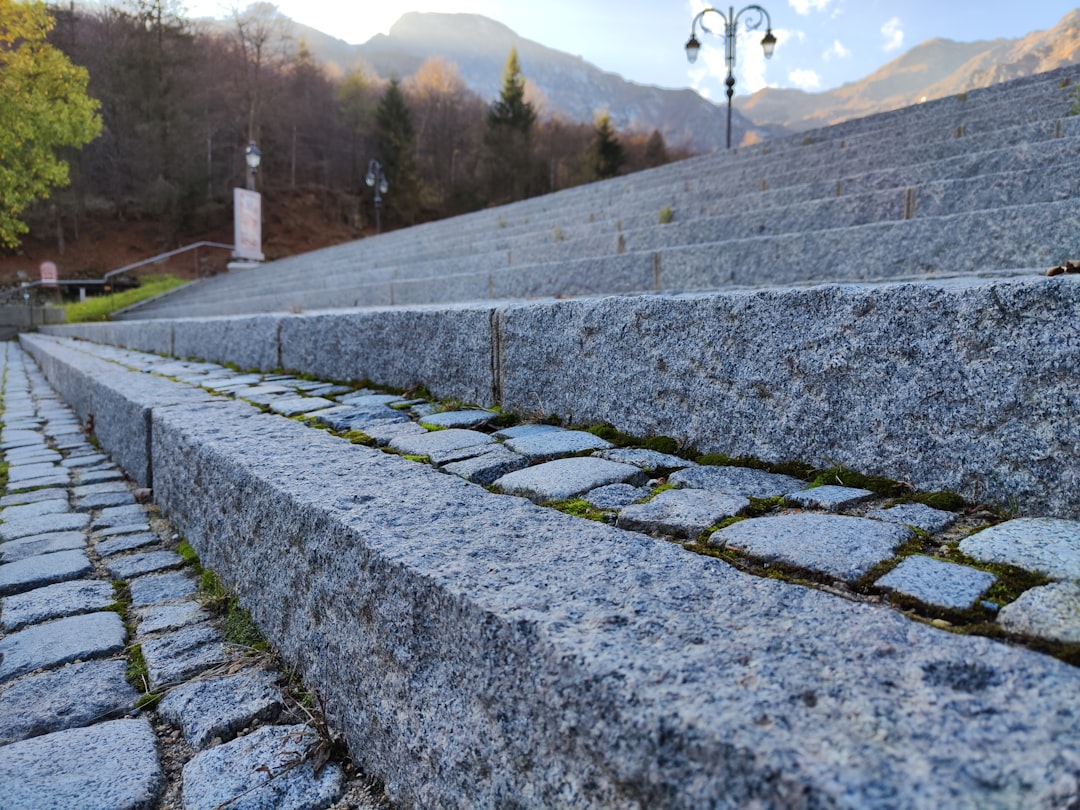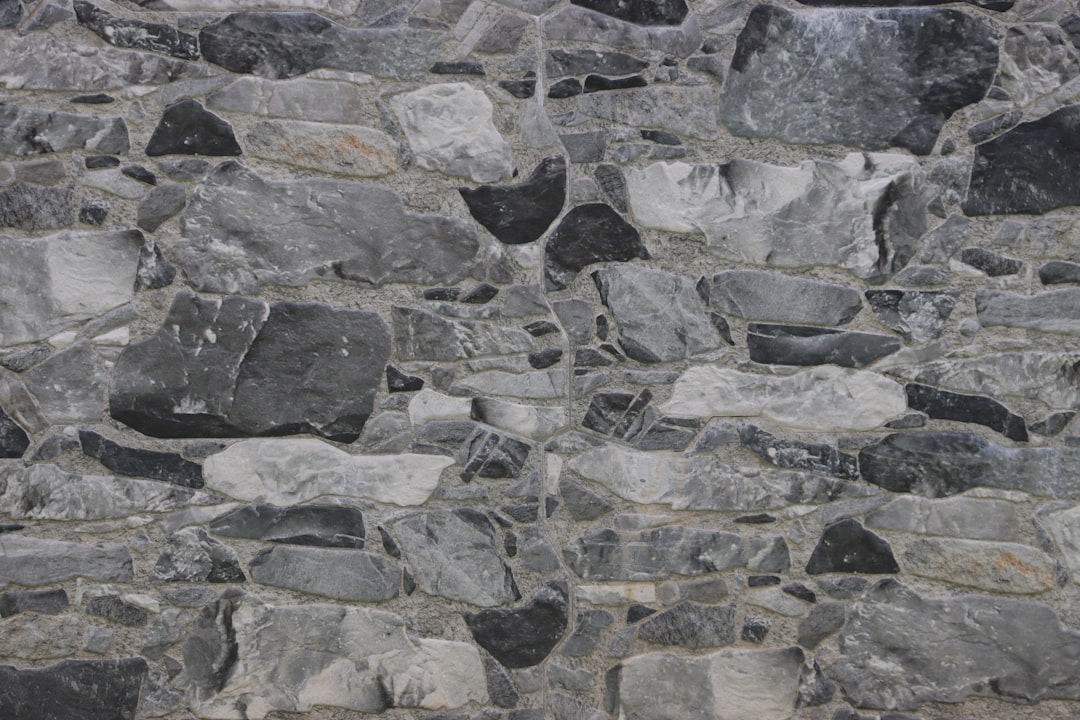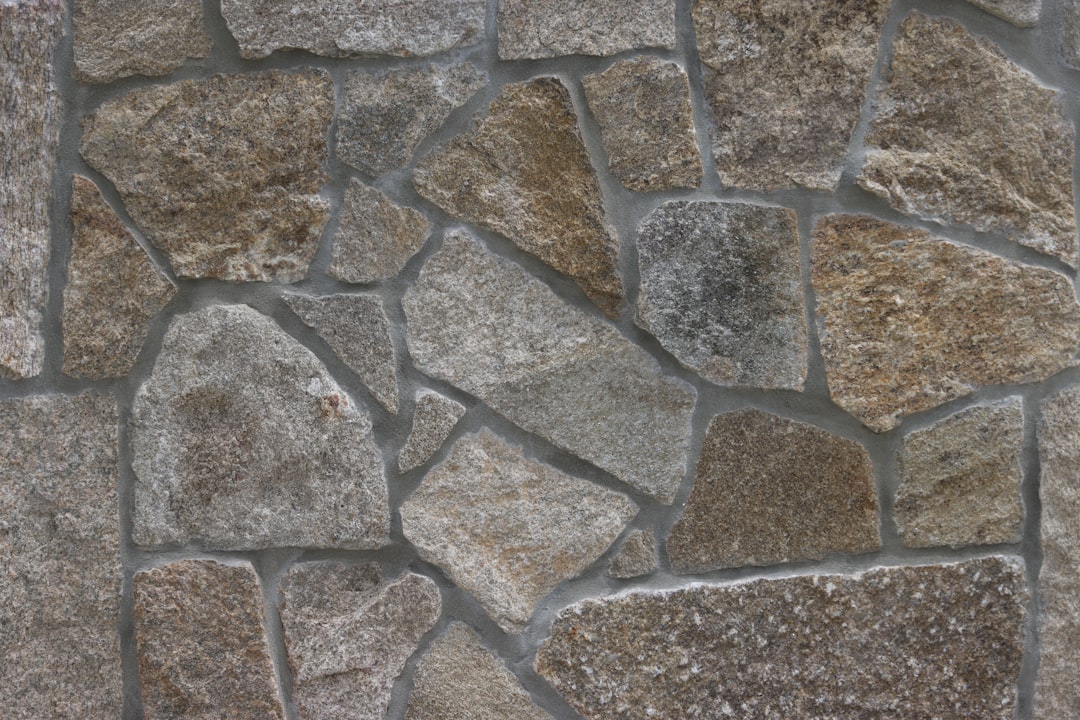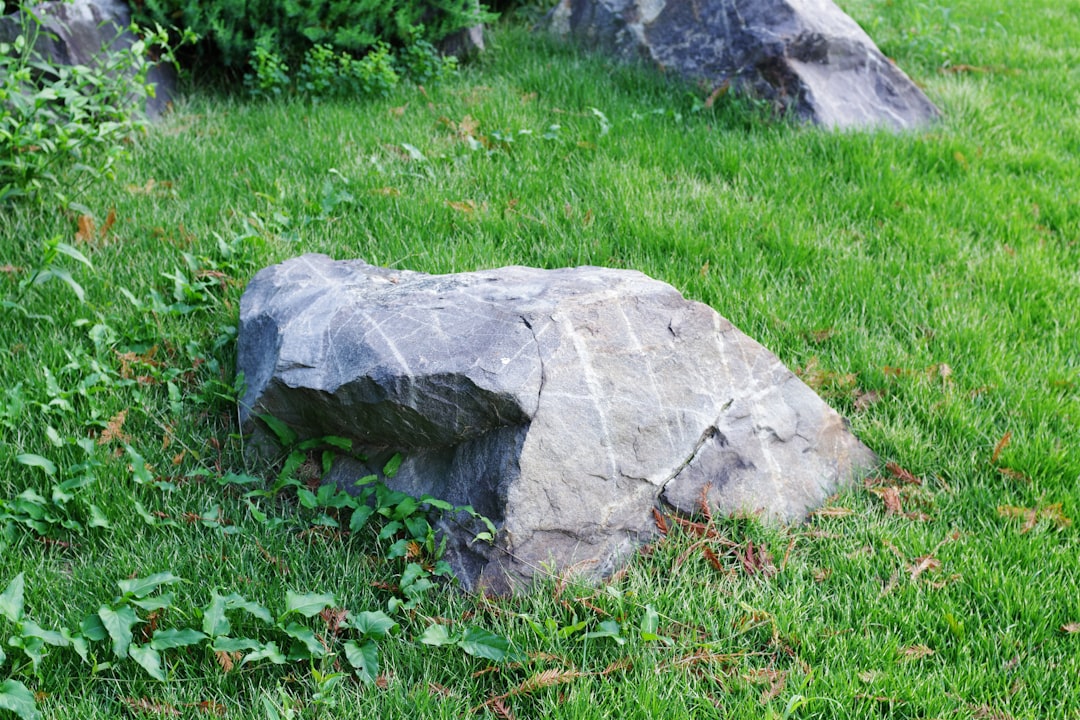

Engage prospects with a scan and streamline customer engagement with FREE QR code marketing tools by Sona – no strings attached!
Create a Free QR CodeFree consultation

No commitment

Engage prospects with a scan and streamline customer engagement with FREE QR code marketing tools by Sona – no strings attached!
Create a Free QR CodeFree consultation

No commitment
Granite restoration services are navigating an industry where both commercial property managers and homeowners demand heightened expertise, faster turnaround, and seamless communication that bridges the physical jobsite with digital convenience. Yet many restoration teams struggle to capture valuable leads during on-site assessments, rely on traditional sign-up sheets or brochures, and frequently lose track of anonymous prospects who express interest but never fill out a form. The result is a steady flow of high-value opportunities left untapped and potentially falling into competitors’ hands.
As these offline-to-online handoffs become more critical, QR codes have emerged as a practical and transformative bridge. For granite restoration businesses, incorporating QR codes at every touchpoint such as estimates, jobsite signs, aftercare handouts, or marketing collateral opens the door to instant bookings, interactive education, and data-driven customer engagement. This approach provides convenience to prospective clients while allowing service providers to identify, track, and nurture prospects that would otherwise remain unnoticed and creates new channels for timely follow-up before the competition intervenes.
This guide explores how strategic QR code deployment can help granite restoration companies move beyond manual processes, respond to real-time customer questions, personalize outreach, and surface actionable data from each physical interaction. You will learn practical ways to turn every scan into a pathway for stronger lead generation, increased client satisfaction, and sustainable business growth.

Granite restoration professionals frequently encounter obstacles in capturing and following up with interested prospects, especially during the crucial initial phases when intent is strongest. Printed estimate packets, paper sign-in sheets, and generic brochures often collect dust or get misplaced, which slows down conversions and creates blind spots that competitors are eager to exploit.
QR codes offer an immediate way to capture intent at the exact moment it is expressed. They transform traditionally static assets such as brochures, care guides, yard signs, and estimates into dynamic entry points for online education, lead capture, and booking. With one scan, a prospect can watch a granite polishing demo or chat with a specialist via QR to SMS. This direct pathway reduces friction, increases scan-and-inquire rates, and ensures prospects are not lost due to outdated manual processes or the lack of digital options.
Strategically integrating QR code platforms helps restoration providers not just capture demand at first touch, but also prioritize timely, relevant outreach. The faster your team responds to an interested scanner, the more likely you are to secure that assessment and move the client through to booking.

Granite restoration companies often rely on a patchwork of in-person consultations, print promotions, and word-of-mouth to generate leads. These approaches, while valuable, limit visibility into who is actually interested. Many high-fit prospects may see your on-site signage, vehicles, or printed cards, yet remain anonymous because they never send an email or fill out a form. The result is a persistent gap between offline interest and digital follow-up that leaves valuable opportunities unexplored.
QR codes close this gap by creating immediate pathways from physical interest to digital action. A prospect can scan a code on an estimate folder, property manager packet, or jobsite sign to access a custom quote request, a cost calculator, a case study gallery, or a restoration techniques video. Scans require no app, they deliver instant response, and they provide the convenience modern buyers expect. This reduces friction, lifts engagement rates, and cuts the number of leads that fall through the cracks.

Granite restoration businesses serve a blend of commercial facilities and residential clients, each with different decision cycles and information needs. Configuring the right QR formats helps you deliver the ideal next step for each context, whether it is contact capture, education, or service scheduling.
For most restoration workflows, the most effective QR formats are those that remove friction at contact and conversion moments. Dynamic web link codes power trackable landing pages, forms streamline estimate requests, and vCards ensure your contact details are saved after a quick conversation on site. The right format selection improves scan outcomes and gives you flexibility to adjust as campaigns evolve.
Dynamic QR management ensures every printed asset remains useful long after it is produced. If a special expires or a page changes, update the code destination centrally and keep the customer journey smooth and conversion focused.

Many granite restoration services overlook high-impact moments to generate and nurture leads because offline-to-online transitions are not designed for speed or visibility. When on-site interest is not captured immediately, or follow-up relies on memory and manual notes, opportunities are lost and potential upsells go unrecognized. This is especially challenging in competitive markets where prospects evaluate several providers before selecting one.
Strategic QR placements convert real-world attention into measurable engagement. By embedding codes in the places your audience already looks, you can identify who is interested now, enroll them in the right follow-up sequence, and create a persistent digital thread from field to CRM.

Every client interaction is a chance to move a prospect forward. Yet traditional tactics struggle to capture early intent signals, such as a facilities director pausing at a jobsite sign or a homeowner keeping your postcard on the fridge. QR codes give you a lightweight way to convert those micro-moments into trackable engagement that your team can act on quickly.
The most effective use cases balance education with action. They help prospects see your expertise, make it easy to request help, and create a record of interest for timely follow-up. Below are three high-value examples that align with common workflows in granite restoration.
Each QR scan is a signal: it captures what the person wants, where they engaged, and how ready they might be to proceed. By deploying multiple codes across different touchpoints, you can segment your audience automatically and use that data to fuel precise retargeting and personalized follow-up.
Think about your buyer journey in stages. Awareness might come from a jobsite banner, consideration from a project gallery or cost estimator, and conversion from a pricing or scheduling page. Assign unique QR codes to these stages so that each scan populates a segment you can nurture differently.
With Sona QR, every code becomes a smart entry point to your funnel. Scan events flow automatically into your CRM and ad platforms so your team can respond with relevant content, alerts, and offers based on what each person actually scanned.
QR codes are far more than convenient shortcuts. They are connectors that unify scattered channels and create a measurable thread from first touch to booked project. For granite restoration teams that rely heavily on print assets, on-site visibility, and local events, QR codes bring digital accountability to traditionally opaque channels. For broader context, see CMSWire’s take on QR strategy updates.
This integration not only lifts conversion rates, it improves customer experience. A facilities manager who scanned your jobsite sign in the morning can receive a timely follow-up email with a calendar link that afternoon. A homeowner who scanned a postcard can see before-and-after galleries tailored to their countertop type, then schedule a call with one tap. Below are practical ways to embed QR codes across your marketing ecosystem.
A centralized platform like Sona QR helps you manage codes, monitor performance, and sync scan data with your CRM and ad tools. This creates a single source of truth for offline-to-online engagement and enables rapid optimization.
Without a structured approach, QR initiatives can become scattered and hard to measure. The key is to connect each placement to a clear goal, deploy codes where they will be noticed, and track every scan from the start. That way your team learns quickly which assets and messages drive real outcomes and where to scale investment.
Use the following blueprint to plan and launch your next QR campaign in granite restoration. Start small with a focused use case, then expand once you can show a lift in booked assessments, review volume, or maintenance plan enrollment.
One of the most persistent challenges for granite restoration teams is connecting specific marketing touchpoints to closed jobs and recurring contracts. Even when leads arrive, it is often unclear which asset or sequence drove the result. This makes it difficult to double down on what works or to justify future spend across print, events, and on-site signage.
Scan-level tracking changes this dynamic. When every QR interaction is logged with time, location, device, and source, you can map the customer journey more precisely. You see how a jobsite sign generates an estimate request, how a maintenance guide scan correlates with plan enrollment, and how a direct mailer delivers reactivation among past clients. This clarity elevates your decision-making and speeds up follow-up.
Sona QR captures real-world engagement, while Sona.com turns that engagement into actionable insight. You will understand how QR interactions contribute to pipeline and revenue, giving QR campaigns a clear place in your performance marketing strategy.
Rolling out QR codes is only the first step. To drive sustained impact, you need consistent tagging, timely automation, and teams who know how to promote and support the experience. The more seamless the journey feels for clients, the more likely they are to scan, convert, and come back.
Focus on a small set of high-leverage practices that fit granite restoration’s physical media and sales cycles. These tips align with the most common placements in the field, from invoices and estimate folders to jobsite banners and mailers.
Example creative deployments include adding QR codes to showroom displays to launch a two-minute polishing demo, and including QR stickers inside maintenance kits that unlock personalized tips based on countertop color and traffic patterns.
For granite restoration services, QR code implementation is more than a technology upgrade. It is a practical remedy for fragmented workflows and missed opportunities. By turning every sign, surface, and document into a bridge for digital engagement, providers can recognize genuine purchase intent at the moment it appears, nurture leads before competitors intervene, and connect field activity to measurable revenue.
Adopting this approach accelerates sales cycles, elevates client education, and opens new channels for ongoing upsell, cross-sell, and advocacy. It strengthens relationships through timely, relevant communication and gives leadership the data needed to allocate budgets with confidence.
The intersection of QR technology and granite restoration solves familiar pain points such as missed leads, anonymous traffic, slow follow-up, and murky attribution. With QR-driven workflows embedded across operations and marketing, your team can capture demand at the source, deliver a consistent customer experience, and transform each interaction into an educational moment and a growth signal.
Start creating QR codes for free. In minutes, you will have dynamic, brandable codes, scan analytics, and CRM integrations that turn every physical touchpoint into measurable progress toward your next booked project.
QR codes have transformed granite restoration services from traditional, manual processes into dynamic, measurable customer engagement channels. Whether it’s streamlining service access, enhancing customer communication, or providing instant restoration updates, QR codes replace cumbersome paperwork with instant, mobile-friendly interactions that capture valuable real-time data to optimize every customer touchpoint.
Imagine your clients effortlessly accessing detailed care instructions, booking follow-ups, or reviewing restoration progress simply by scanning a code on-site—all while you track engagement and fine-tune your marketing strategies. With Sona QR, you can create dynamic, trackable QR codes in seconds, update campaigns instantly without reprinting, and directly link every scan to revenue and customer satisfaction metrics. No missed opportunities, just smarter, more effective service delivery.
Start for free with Sona QR today and turn every scan into a seamless customer experience and a powerful growth opportunity for your granite restoration business.
Granite restoration typically involves an assessment, polishing, sealing, and aftercare education to restore and maintain the stone's appearance and durability.
The article does not specify exact costs but suggests that instant quotes can be provided through QR-enabled lead capture forms to speed up estimate requests.
Restoring granite surfaces enhances their appearance, extends their lifespan, reduces maintenance issues, and increases customer satisfaction through improved stone care.
You can find reputable services by scanning QR codes on jobsite signs, marketing materials, or business cards that connect you to local providers offering estimates and educational resources.
Signs include visible wear, dullness, stains, or damage that may be documented through photos submitted via QR code forms for professional assessment.
QR codes bridge offline interest with digital engagement by enabling instant bookings, lead capture, educational content access, and streamlined communication.
Common placements include jobsite signage, estimate folders, invoices, aftercare handouts, brochures, direct mailers, event badges, and business cards.
Types include dynamic web links for landing pages, vCards for contact saving, forms for quote requests with photo uploads, SMS or email pre-fill for fast communication, and links to educational resources.
By using dynamic QR codes with analytics platforms to monitor scan volume, location, device, and conversion behavior, enabling data-driven optimization.
Best practices include defining clear objectives, choosing the right QR code type, designing with branding and clear calls to action, placing codes where intent is highest, and continuously tracking and optimizing performance.
QR codes allow immediate capture of prospect intent and feed data into CRM systems to prioritize timely, personalized outreach and automated follow-up sequences.
Use cases include pre-assessment booking, aftercare education hubs, review and testimonial collection, and enabling quick contact sharing at events.
By assigning unique QR codes to different buyer journey stages and tagging behaviors to segment audiences for personalized marketing and sales outreach.
Challenges include losing leads due to manual data capture, anonymous offline interest, slow follow-up, and unclear attribution of marketing efforts.
Dynamic codes allow businesses to update destination links without reprinting, keeping marketing materials current and relevant with special offers or new information.
Use Sona QR's trackable codes to improve customer acquisition and engagement today.
Create Your FREE Trackable QR Code in SecondsJoin results-focused teams combining Sona Platform automation with advanced Google Ads strategies to scale lead generation

Connect your existing CRM

Free Account Enrichment

No setup fees
No commitment required

Free consultation

Get a custom Google Ads roadmap for your business






Launch campaigns that generate qualified leads in 30 days or less.
